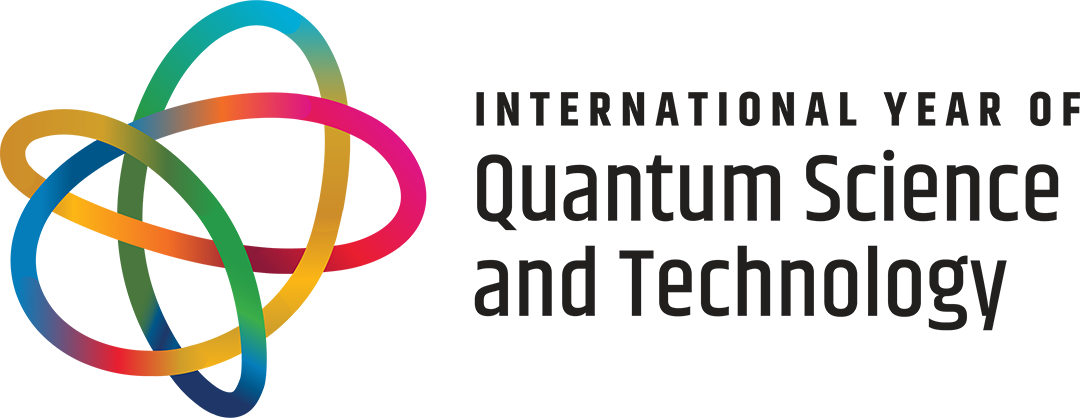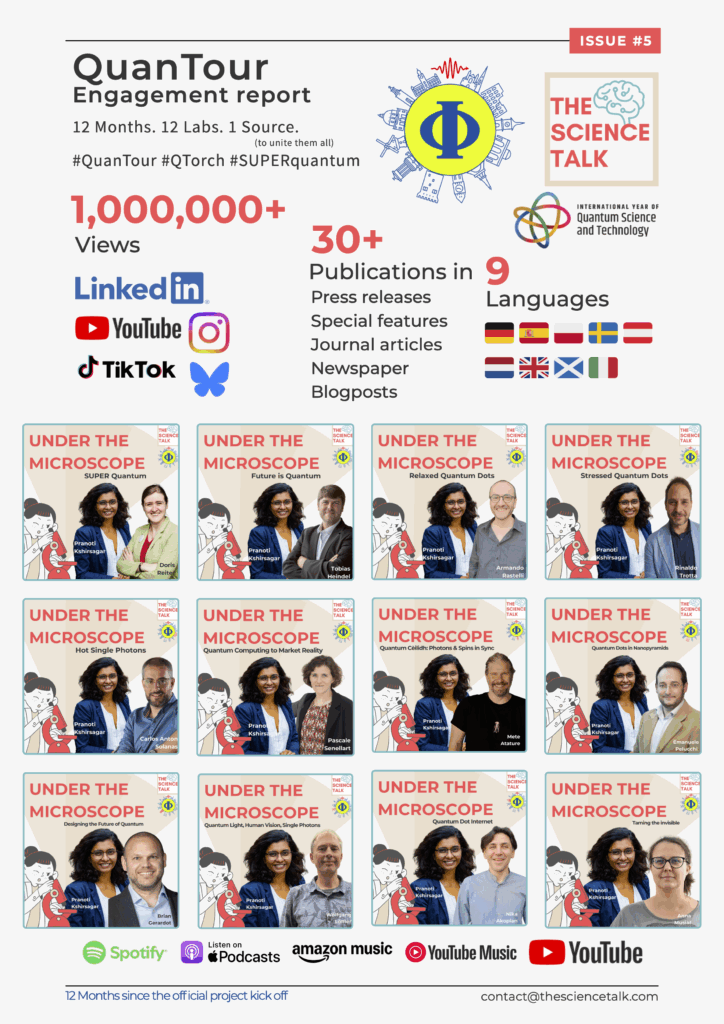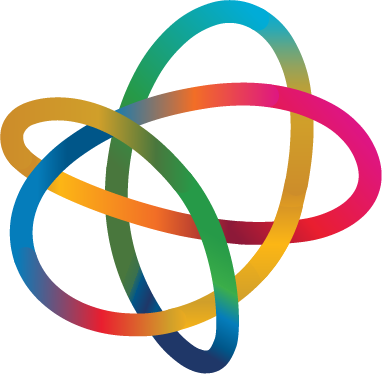One Year into QuanTour: Reflections on a Traveling Quantum Light Source
(DPG is an IYQ sponsor.)
How do you measure the success of an outreach project? When we launched QuanTour just over a year ago, we didn’t really know what to expect.
Our idea of QuanTour started with a simple, playful concept: what if a quantum emitter (an artificial atom made out of semiconductor material capable of emitting one photon at a time) could travel across Europe, visiting research labs in a kind of relay race, announcing the International Year of Quantum Science and Technology like an Olympic torch? We packed a real quantum light source — a single-photon emitter — into a custom-built suitcase and sent it on tour. The goal wasn’t just to showcase quantum technology and offer a look behind the scenes, but to connect people and to highlight the diversity of scientists, from students to professors. From the very beginning, we had one audience especially in mind: young people between the ages of fifteen and twenty-five. Not with hard educational content or dense physics explanations, but through a light, fun concept that sparks curiosity. By showcasing scientists in an authentic way, we aimed to make science tangible and approachable.
How our quantum light source fascinated people around the world
A year later, we find ourselves overwhelmed by the project’s rapid development. Across digital platforms, QuanTour content has reached over one million views, far more than we had imagined. To put that into perspective, a research paper might receive 30 citations per year, while a conference talk might reach 200 people. QuanTour, by contrast, reached homes, labs, newspapers, podcasts, and people, finding a presence in places that traditional academic outputs rarely reach.
While these are just numbers, it’s the stories surrounding the quantum emitter that are truly memorable. The open lab days organized by researchers at QuanTour stops welcomed both young and old. The newspaper clippings proudly passed around among families who saw their children and grandchildren featured in the media. The regional news outlets that celebrated their role in a European-wide initiative, not only in English but in the many languages spoken across Europe. The unexpected scientific exchanges between labs that hadn’t worked together before. These encounters, often spontaneous and personal, remind us that quantum science is not just about abstract theory or precision measurement. It is about human connection, about curiosity, and about the shared joy of discovery.
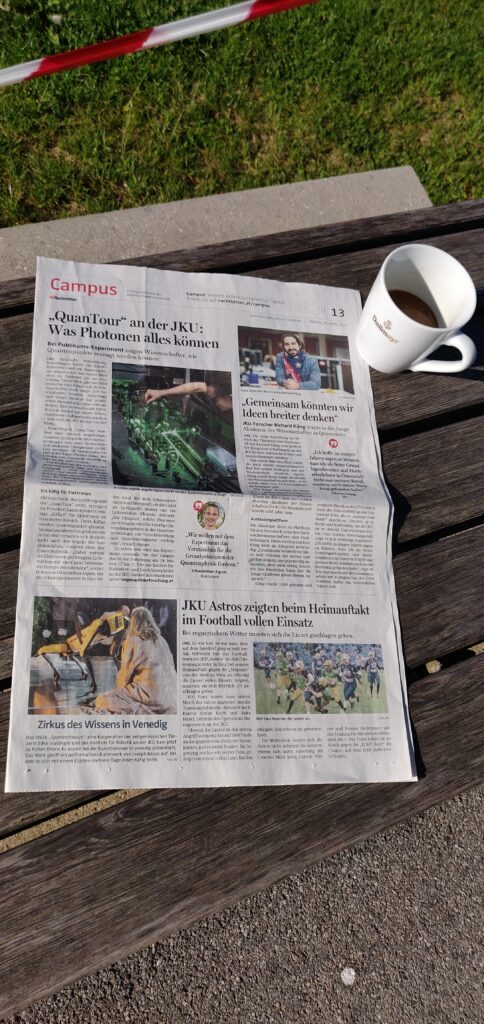
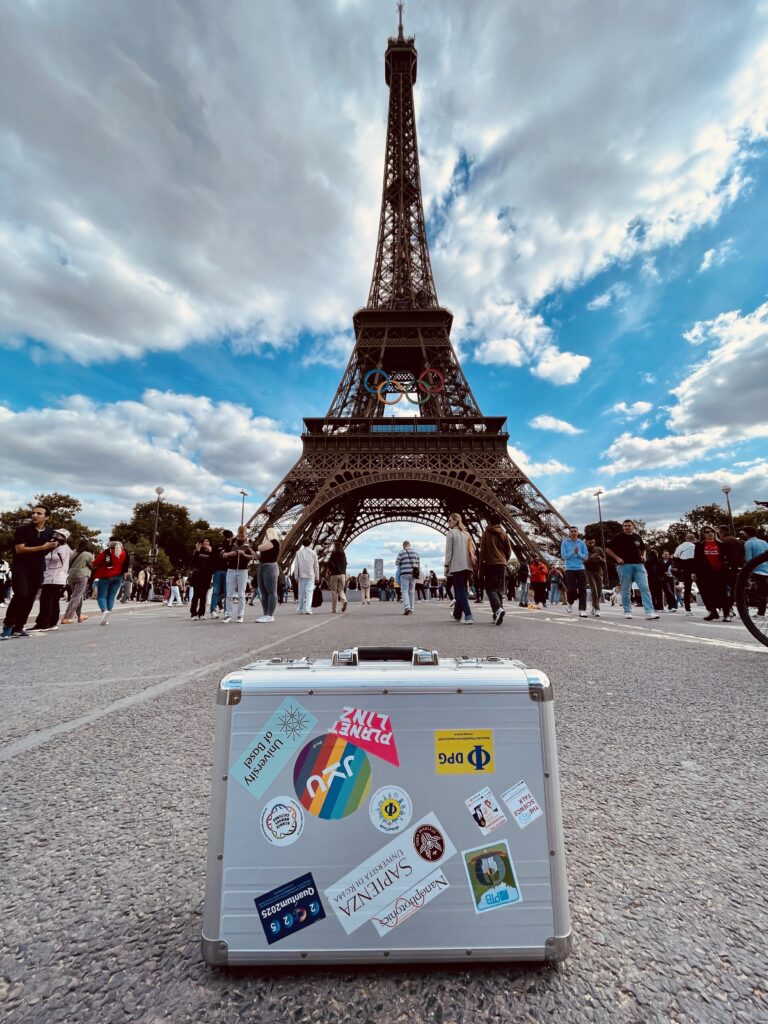
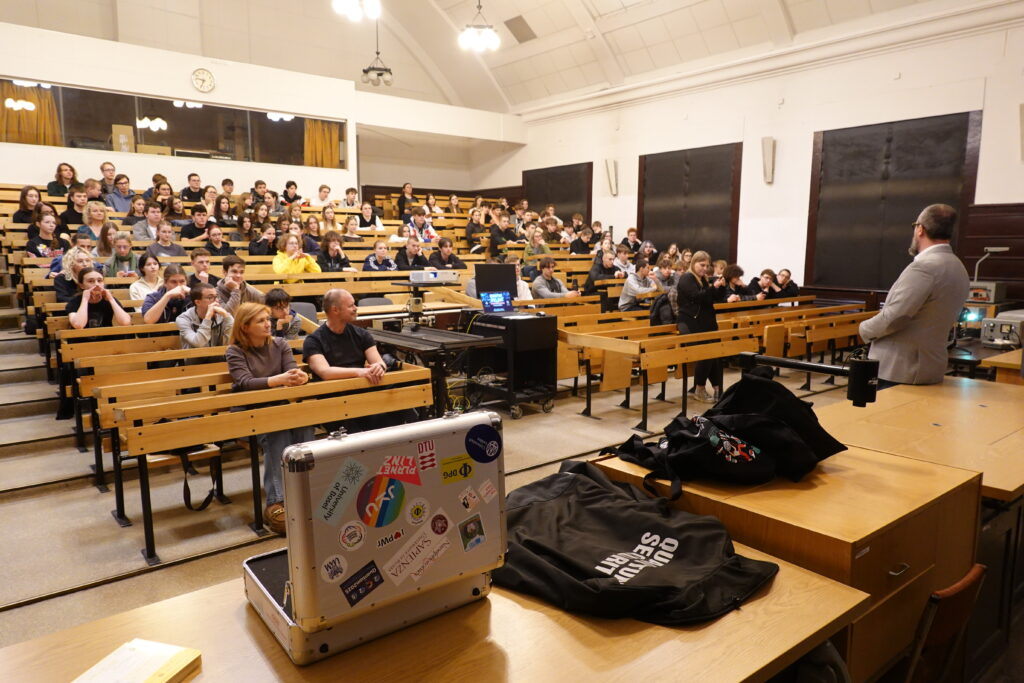
Key ingredients and lessons learned
Looking back, we also learned a lot about what makes outreach successful. One key ingredient was choosing the right partners. Since the task force of the German Physical Society (DPG) was founded three years before the start of the Quantum Year, we became part of the team and refined our idea. The German Physical Society played a vital role, not only by supporting us financially—with generous funding from the Wilhelm and Else Heraeus Foundation – and administratively, but also by helping to spread the word. Another important aspect is that we teamed up with science communication expert Dr. Pranoti Kshirsagar from The Science Talk. She taught us how to build sustainable communication strategies, how to identify a target audience, how to make our content visible, and how to overcome our initial hesitation with digital platforms. She also hosted a twelve-episode podcast series featuring interviews with the scientists behind QuanTour. These episodes became much more than outreach content. They evolved into a kind of lecture series on quantum science, accessible to everyone.
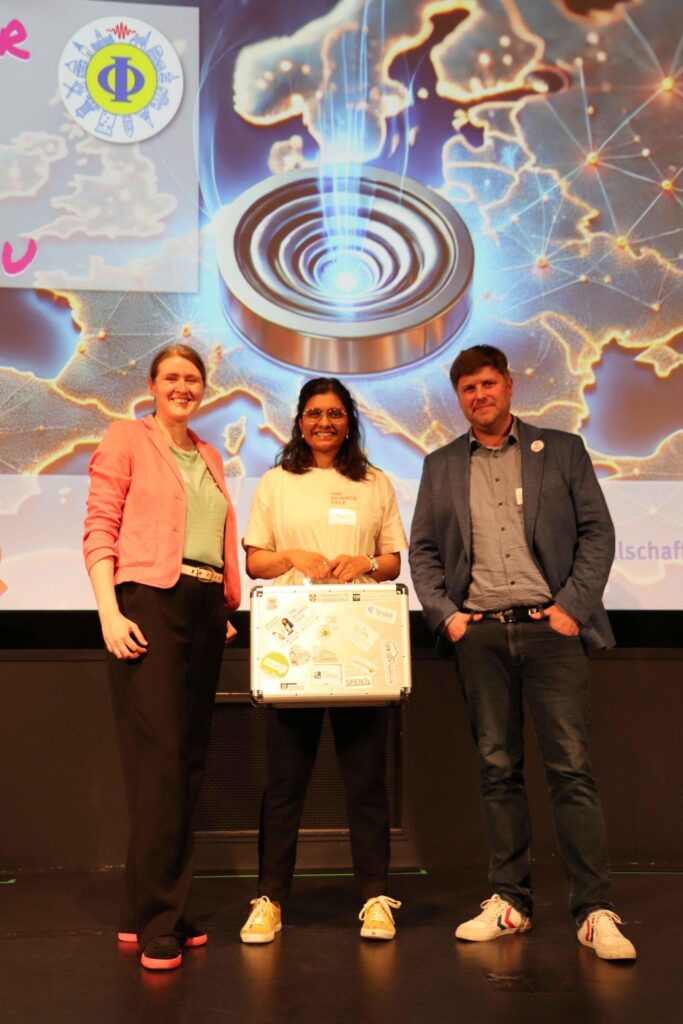
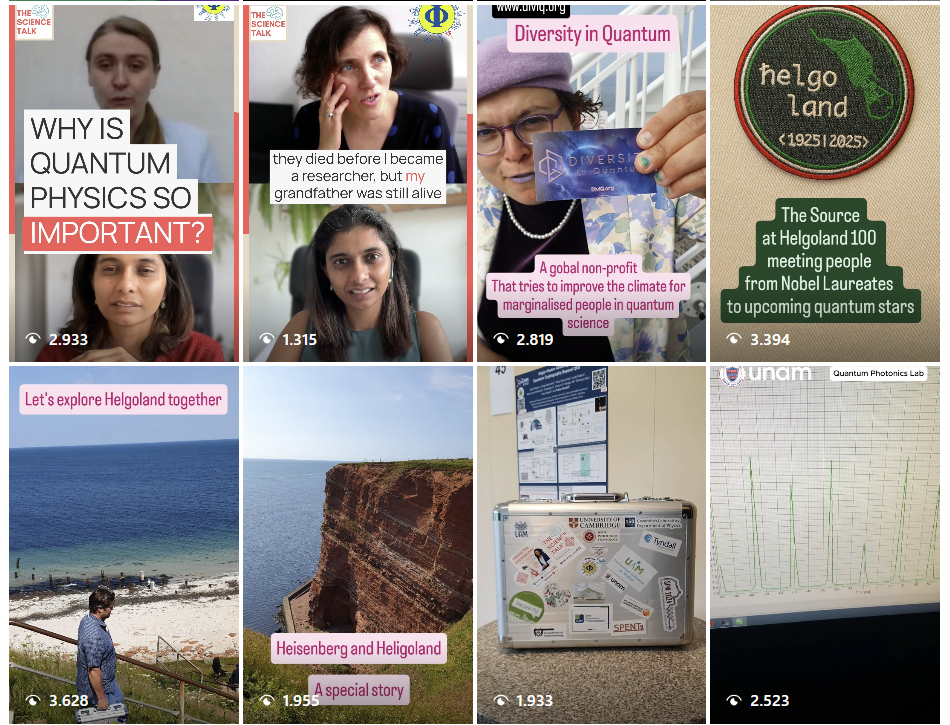
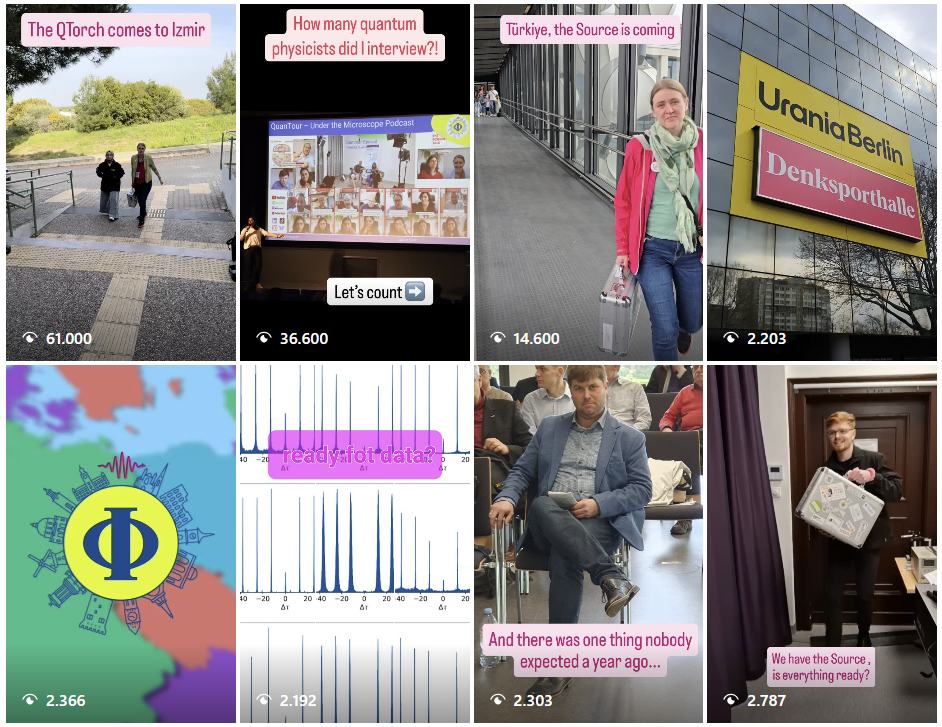
Another lesson we took to heart is that outreach, just like research, thrives through collaboration. Partnering with established institutions and strong communicators can amplify ideas and make them visible to entirely new audiences. Involving the community directly is just as essential. When we announced a challenge to bring QuanTour to Türkiye, the response was immediate and enthusiastic. When it finally arrived, the celebration at the Izmir Quantum Days was unforgettable. Students asked thought-provoking questions, researchers welcomed them with enthusiasm, and the atmosphere was electric from start to finish.
Now, while the International Year of Quantum Science and Technology is in full swing, the journey of the quantum light source continues. We are already planning the next chapters of QuanTour, with new stops, new stories, and new encounters that bring quantum science into conversation with the wider world. Outreach does not end when the suitcase closes. It evolves, just like science itself.
Cheers to the little quantum emitter and to all those who have contributed to turning an idea into a movement.
Authors: Doris Reiter (TU Dortmund) and Tobias Heindel (TU Berlin), Members of the DPG Quantum Taskforce
Contact QuanTour: quantour2025@gmail.com
Contact DPG: pr@dpg-physik.de
Featured image: Fabrizio Mercoli
For general questions about IYQ, please contact info@quantum2025.org. For press inquiries, contact iyq2025@hkamarcom.com.
